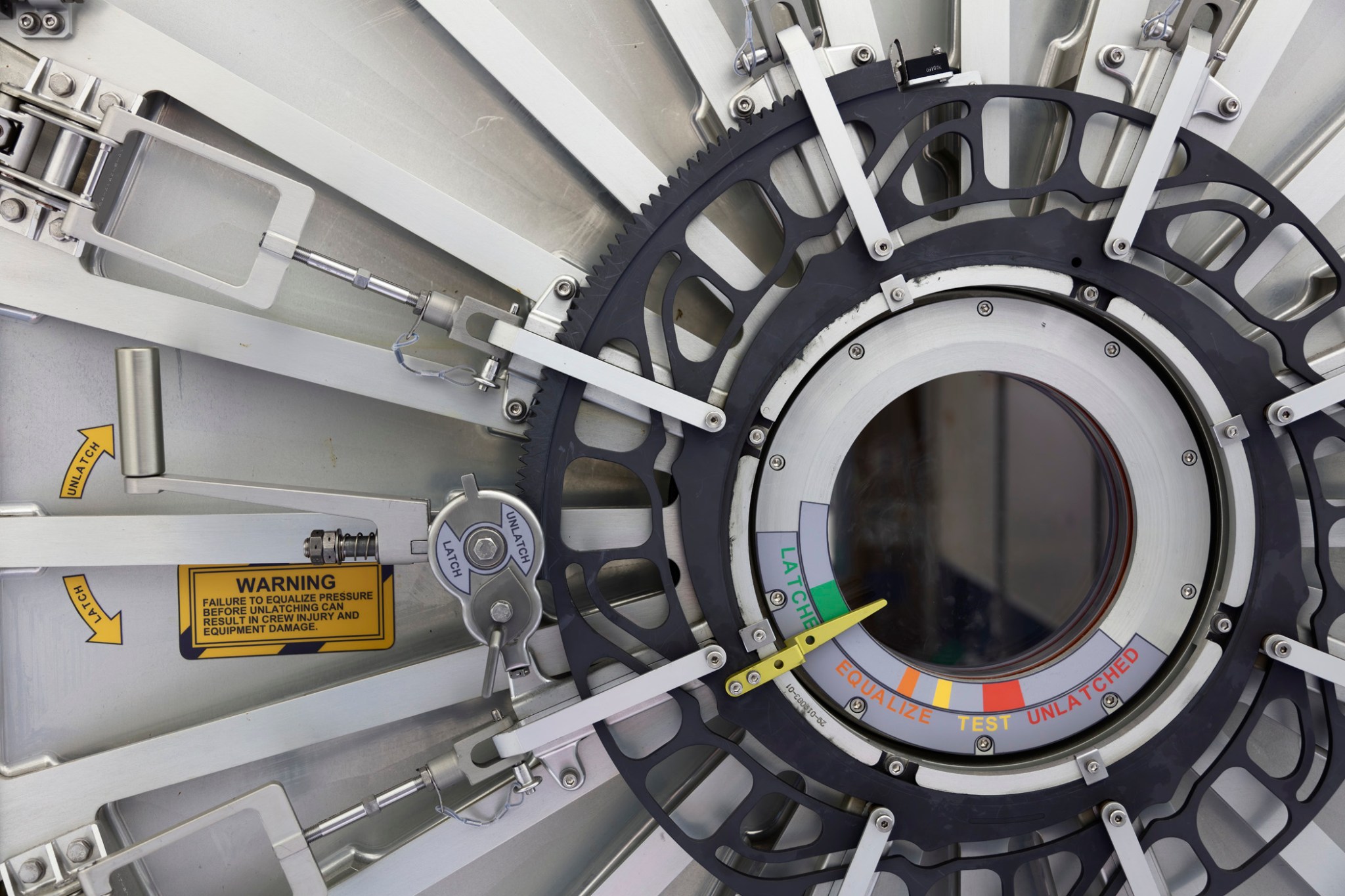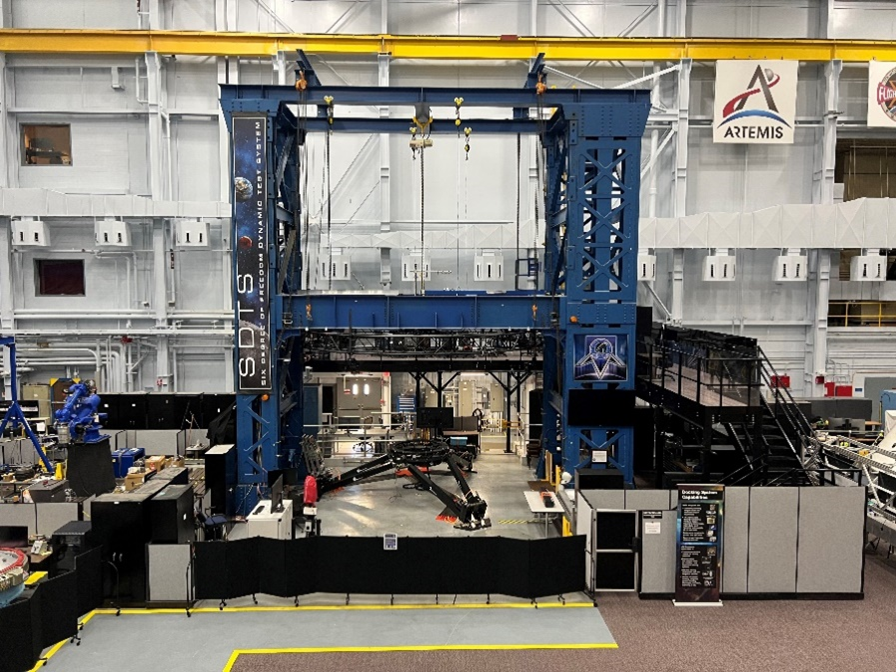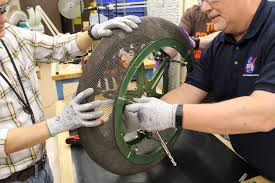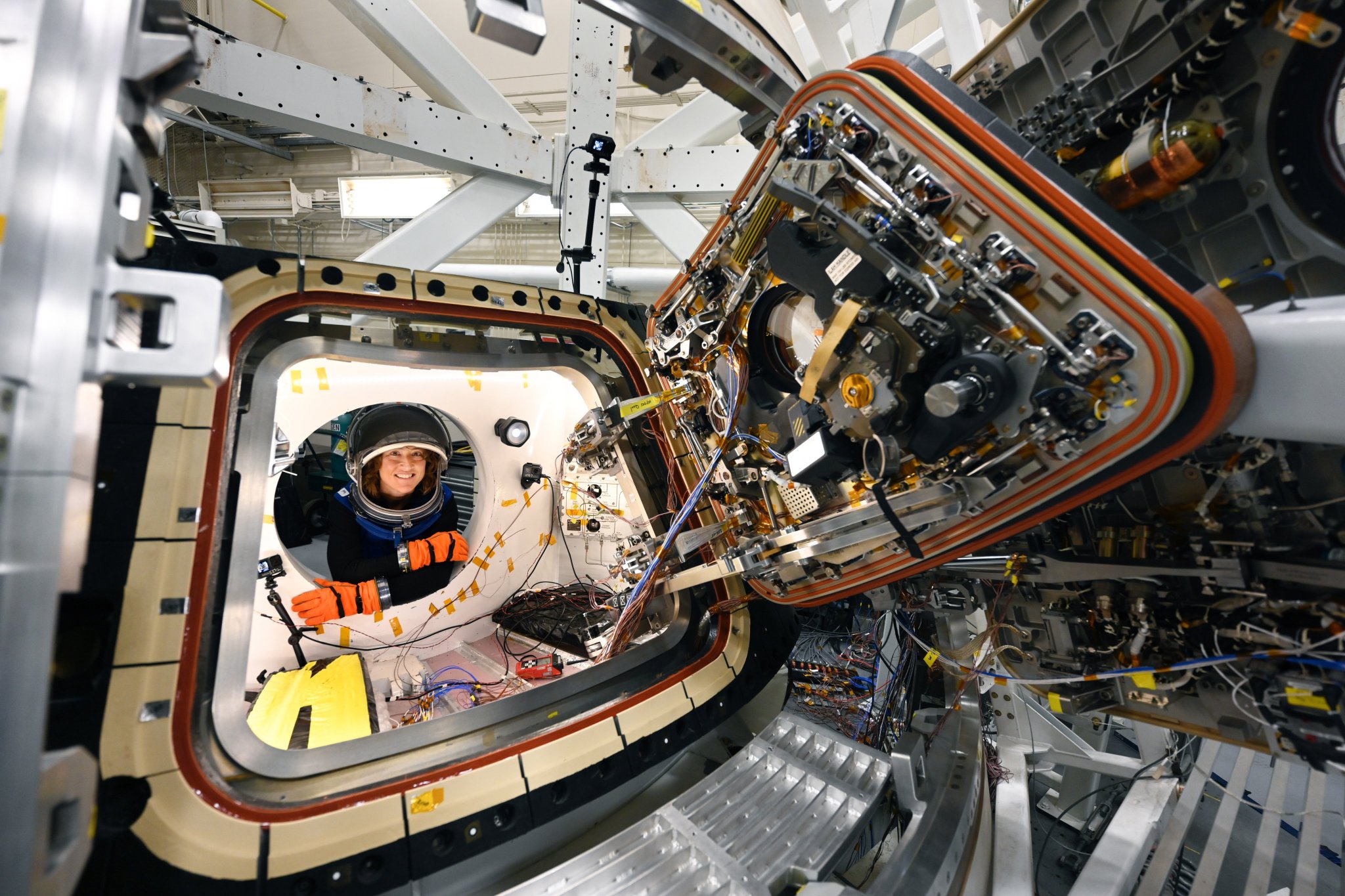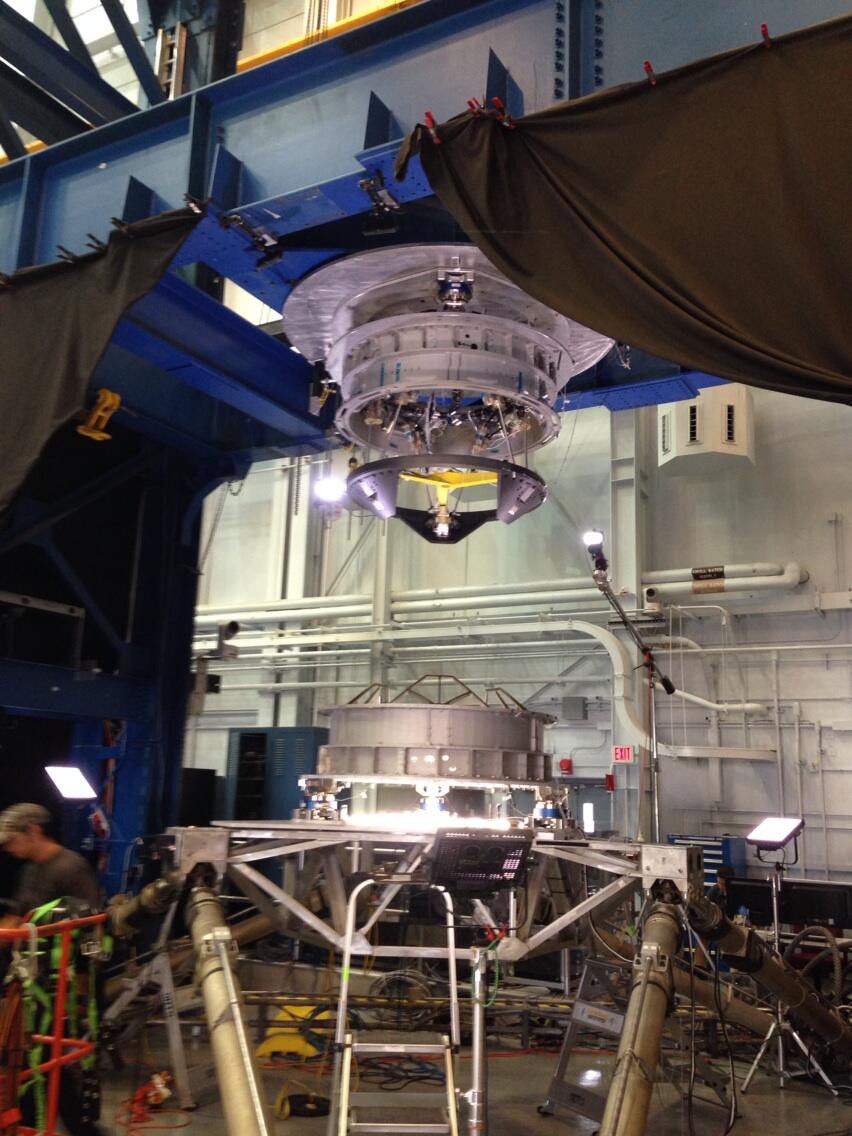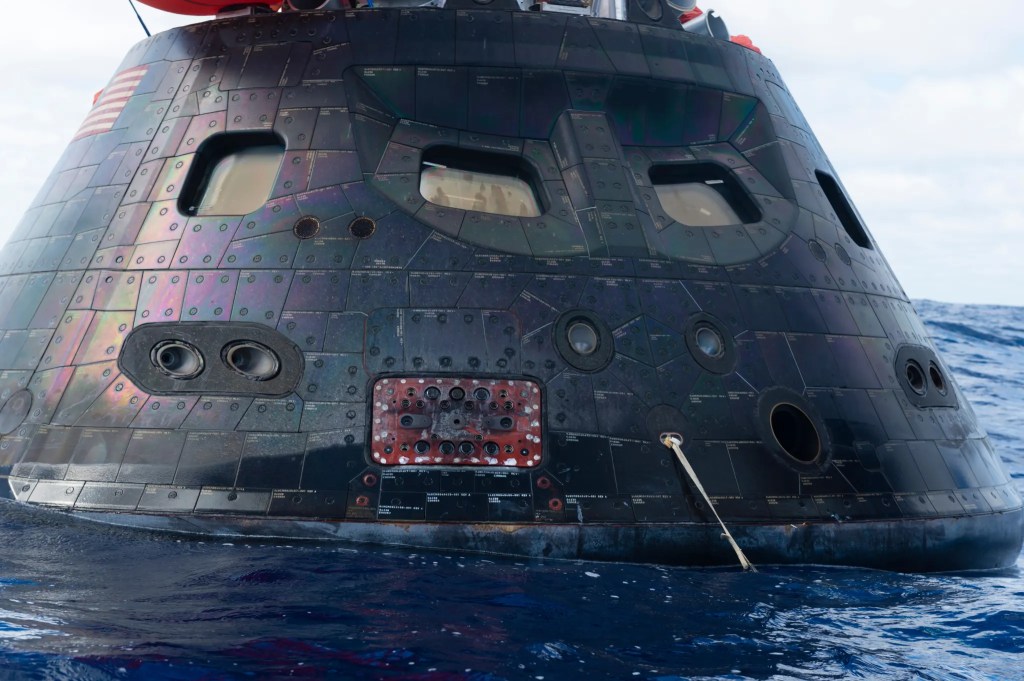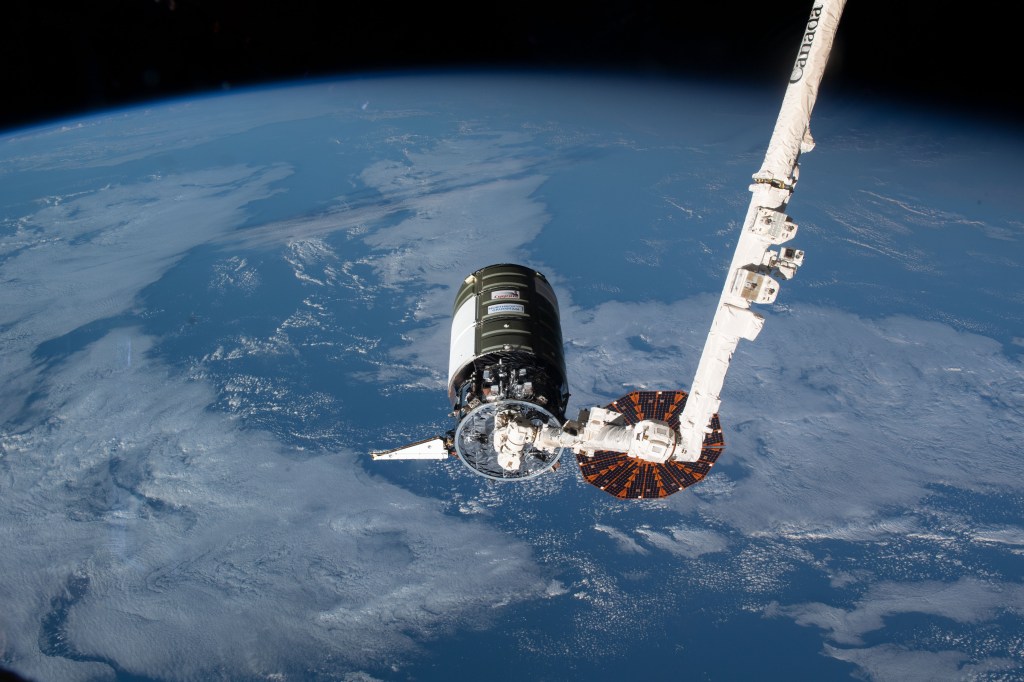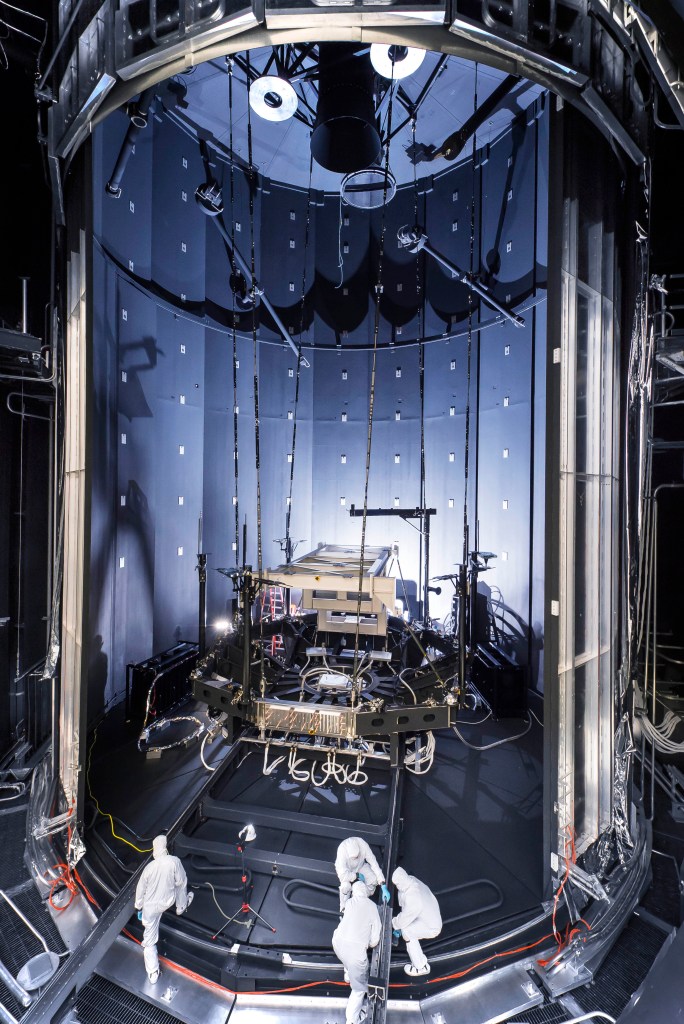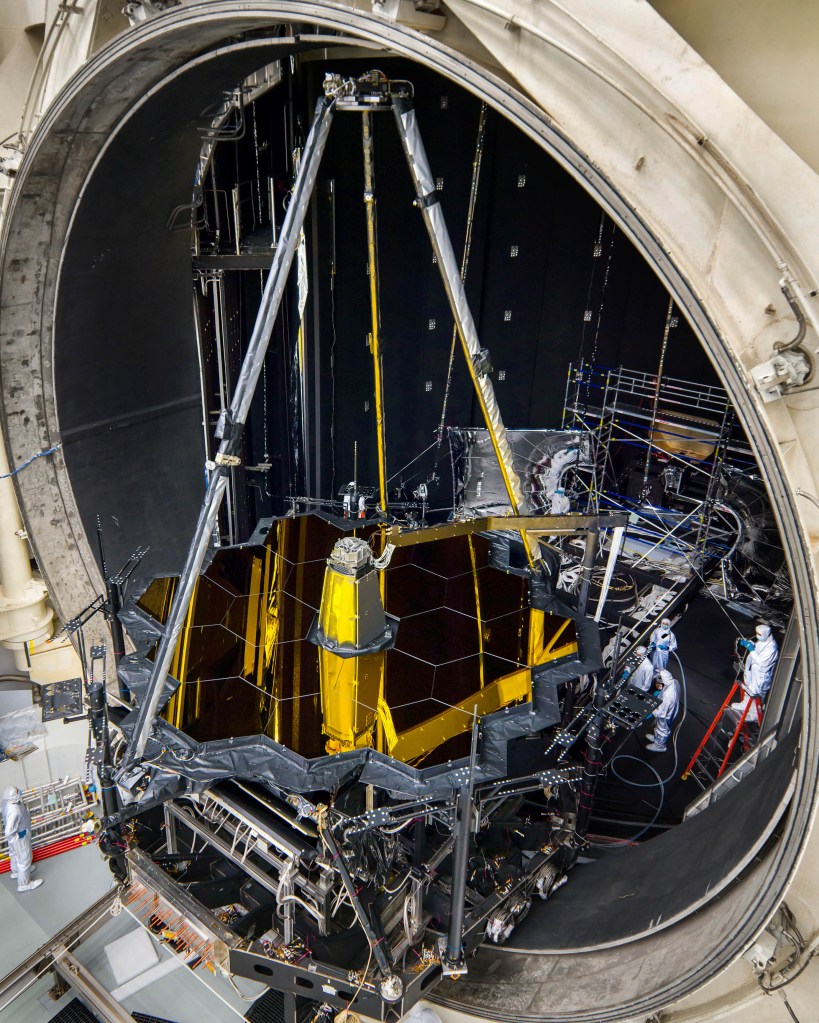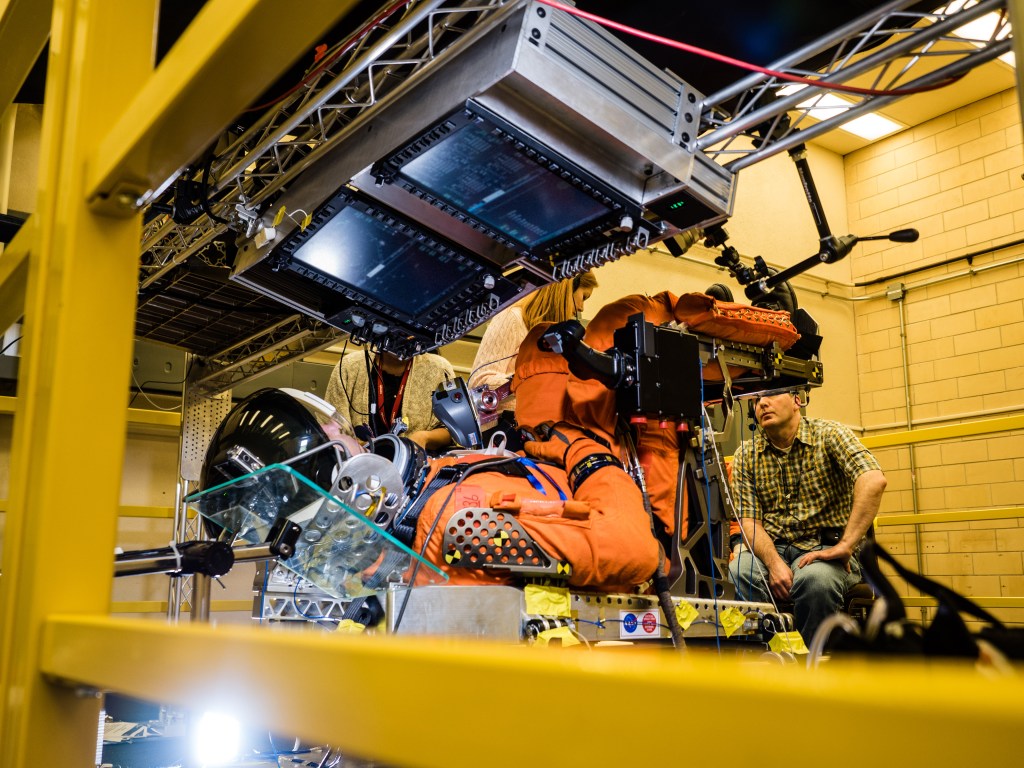Mechanical & Pyrotechnic Subsystems

Contents
Introduction
Mechanisms and pyrotechnic devices are critical for human spaceflight to deploy, operate and control essential systems and components. These systems include separation & deployment mechanisms, robotic arms, hatches, antennas and other moving parts that are vital for mission success. Mechanical subsystems are integral to the overall performance, longevity, and success of space vehicles by providing structural support, managing thermal conditions, facilitating power generation and distribution, enabling propulsion and maneuvering, and ensuring the proper deployment and operation of various spacecraft components. Johnson Space Center (JSC) has a long heritage of providing safe, reliable pyrotechnic solutions and mechanisms for aerospace applications. The Pyrotechnics Test Facility offers testing of deflagrating and detonating devices, and includes the capability to subject hardware to cryogenic, vibration, and pyroshock environments encountered during spaceflight. JSC is a worldwide leader in the development and testing of human-rated mechanisms, especially docking systems. Explore our capabilities below for ways we could work together to expand humanity’s presence in our solar system.
Capabilities
Pyrotechnics Testing
Overview | NASA JSC provides nondestructive and destructive testing of pyrotechnic hardware including initiators, detonators, gas generators, and linear explosives used in all phases of spaceflight.
Details |
- Test cells for destructive testing of pyrotechnic devices and full systems
- Non-destructive evaluation support (including X-ray), dimensional inspection, proof pressure, vacuum, and leak testing
- Thermal cycling and cryogenic (-452 °F) conditioning
- Loading of propellants, pressure cartridges, and explosive devices
- Pyroshock and vibration of hazardous test articles, including pressurized systems and explosive materials
- Internal ballistic analysis and data reduction
- Pyrotechnic storage
Pyrotechnic Device & System Level Expertise
Overview | Pyrotechnic expertise is available covering the full spectrum from the device level to programmatic system management.
Details | JSC maintains the capability to take pyrotechnic devices from the conceptual stage to fielding flight-ready hardware. This includes requirements definition, design & development, ballistics analysis, FEA modeling, testing, and qualification. In addition, our engineers directly support human-rated flight programs as Pyrotechnic System Managers responsible for engineering leadership at the vehicle system level to ensure that the entire architecture is safe, reliable, and mission-ready.
Structures Test Laboratory – Static
Overview | The Structures Test Facility provides structural static strength and fatigue load testing of spaceflight hardware to ensure that functionality is not impaired by severe launch and landing environments. Tests range from mechanical properties testing of materials to full-scale verification testing of payloads and spacecraft structures. JSC is equipped with a variety of hydraulic and electromechanical load frames with maximum load capacities ranging from 10 to 220 kip. JSC also provides for nondestructive evaluation of hardware utilizing x-ray, ultrasonic, fluorescent penetrant, magnetic particle, infrared thermography and eddy current techniques. Structural testing facilities provide capability to perform test and evaluation of both aerospace and non-aerospace hardware.
Details |
- Static and fatigue load testing using single or multiple actuators up to 220,000 lb.
- Tension and compression testing – load or displacement control
- Cyclic testing up to 100 Hz
- Fracture mechanics property testing
- Creep testing
- Pressure testing
- Tensile, lap shear, and compression testing of materials at low and elevated temperatures
- Instrumentation
- Strain, load, deflection, pressure, velocity, acceleration, thermocouples
- Twelve load frames can be operated in tension and compression and either load or displacement control
- Cyclic testing up to 100 Hz, depending on the load and stroke
- Ten load frames can be configured for fracture mechanics property testing, including automated da/dN testing
- Actuators are controlled up to 6 stroke or 32 load control channels or any combination of both
- Sizable inventory of linear resistive deflection potentiometers, displacement and velocity transducers, LVDT deflection transducers, RVDT angular displacement transducers, thermocouples, and force washers
Atmospheric Flight Control Actuation Expertise
Overview | Atmospheric Flight Control Actuation Expertise is available for full cycle+C1:C100 design and development of hydraulic or electric flight control actuation systems.
Details | Full cycle flight control actuation design and development expertise is available at JSC from initial design choices (redundancy, control scheme, motor topology, instrumentation) to mechanical design, fabrication, assembly and test of actuators and end effectors. This includes system level architecture trades, actuator development and testing, and integration with flight control systems.
Rotating Machinery Noise Minimization
Overview | Expertise is available for the design of new or assessment of existing hardware comprising rotating machinery including minimization of acoustic noise.
Details |
- Assessment of rotating machinery systems to identify sources of noise and to design/build/test abetment solutions
- Component, System and Vehicle-level Systems Engineering and Integration
- Analytical Simulation/Prediction, Independent Modeling and Model Validation
- Dynamic, Static, and Natural/Induced Environmental Testing
- System Management, Flight Hardware Acceptance, Joint Integrated Testing
- Standards and Specifications Development
- Rapid Prototyping and Evaluation
- Contact Modeling and Simulation
- Collaborative Working Environment
Rover Wheel Module Development Expertise
Overview | Expertise is available for the design and development of roving vehicle wheel modules including wheel drive, steering, and suspension actuators.
Details | Full cycle wheel module actuation design and development from initial design choices (redundancy, control scheme, motor topology, instrumentation) to mechanical design, fabrication, assembly and test of actuators and wheel systems
Integrated Coupled Loads Analysis
Overview | Integrated Coupled Loads Analysis expertise is available for successful in-space modeling, coupled loads analysis, and environments development of integrated vehicles.
Details |
- In-space modeling, coupled loads analysis, and environments development of integrated vehicles (i.e., rendezvous, docking/undocking, berthing/unberthing, mated ops, ACS, reboost, EVA/IVA, exercise, plume impingement)
- Analytical Simulation/Prediction, Independent Modeling and Model Validation
- Standards and Specifications Development
Six-Degrees-of-Freedom (6-DOF) Dynamic Test System Facility
Overview | Six-Degrees-of-Freedom (6-DOF) Docking Dynamics Systems Testing support provide systems requirement definition, analyses, design and testing necessary to support the development of rendezvous, proximity operations and docking system designs and to verify the compatibility of the designs with functional and performance requirements. JSC provides ground facilities, including real-time simulators for development, testing and training for manned and unmanned spacecraft rendezvous, proximity operations and docking operations. Facilities offer high-fidelity, real-time, human-in-the-loop engineering simulations utilizing math models, scene generation and realistic control station mockups.
Details |
- Simulation of multiple free-flying vehicles with accurate Six-Degrees-of-Freedom (6-DOF) equations of motion
- Docking contact dynamics
- Thruster plume impingement
- Vehicle control systems
- Robotic manipulator dynamics
- Autonomous Rendezvous & Docking (AR&D)
- Navigation and guidance algorithm development and sensor selection, testing and integration
- Real-time, 6-DOF, short range motion base simulation
- Open and closed-loop testing of automated rendezvous and docking systems
- Envelope limit testing of hardware in system level test environment
- Fault injection scenarios in true off nominal conditions
- Dynamic Systems testing
- Closed-loop testing of mating interfaces, including contact forces
- Physical emulation of spacecraft motion with motion platforms
- Human-in-the-loop control
Surface Mating
Overview | On-site expertise available for on-surface docking/mating related mechanisms (latches, lockdowns, linear actuators, umbilical drives, et al) and successful on-surface Docking/Berthing linear and non-linear contact dynamics modeling, loads analysis, docking simulations, and testing. Includes the development and maintenance of on-surface Docking and Berthing Standards and cross-interface system engineering and integration.
Details |
- Design, Development, Test and Evaluation of surface mating systems
- Component, System and Vehicle-level Systems Engineering and Integration
- Analytical Simulation/Prediction, Independent Modeling and Model Validation
- Dynamic, Static, and Natural/Induced Environmental Testing
- System Management, Flight Hardware Acceptance, Joint Integrated Testing
- Standards and Specifications Development
- Avionics, Software and Controls
- Rapid Prototyping and Evaluation
- Contact Modeling and Simulation
- Collaborative Working Environment
In-Space Mating
Overview | On-site expertise available for in-space docking related mechanisms and successful In-Space Docking/Berthing linear and non-linear contact dynamics modeling, loads analysis, docking simulations, and testing. Includes the development and maintenance of In-Space Docking and Berthing Standards and cross-interface system engineering and integration.
Details |
- Latches, lockdowns, linear actuators, umbilical drives
- Design, Development, Test and Evaluation of in-space mating systems
- Component, System and Vehicle-level Systems Engineering and Integration
- Analytical Simulation/Prediction, Independent Modeling and Model Validation
- Dynamic, Static, and Natural/Induced Environmental Testing
- System Management, Flight Hardware Acceptance, Joint Integrated Testing
- Standards and Specifications Development
- Avionics, Software and Controls
- Rapid Prototyping and Evaluation
- Contact Modeling and Simulation
- Collaborative Working Environment
Mechanical Component and Material Validation
Overview | NASA JSC Receiving, Inspection and Test Facility (RITF) team of engineers and technicians have years of experience and capabilities to support the full range of testing methods to military and commercial specifications.
Details | Mechanical components are used throughout industry as key structural and functional components. It is critical that these components meet the appropriate specifications. The function of mechanical parts in extreme conditions is dependent on the correct chemistry and condition of the material, as well as quality manufacturing processes. Experts provide verification that the mechanical component meets applicable specifications of American Society for Testing and Materials, such as, ASTM F 606/F 606 M; NASM 1312-8; ASTM A370; and ASTM E8. Methods used include Fractography, Scanning Electron Microscopy, Real-Time Radiography, Microhardness and Hardness Testing, Tensile Testing, Optical Emission Spectroscopy, Double Shear, Bend Test, and X-ray Fluorescence Spectroscopy.


























